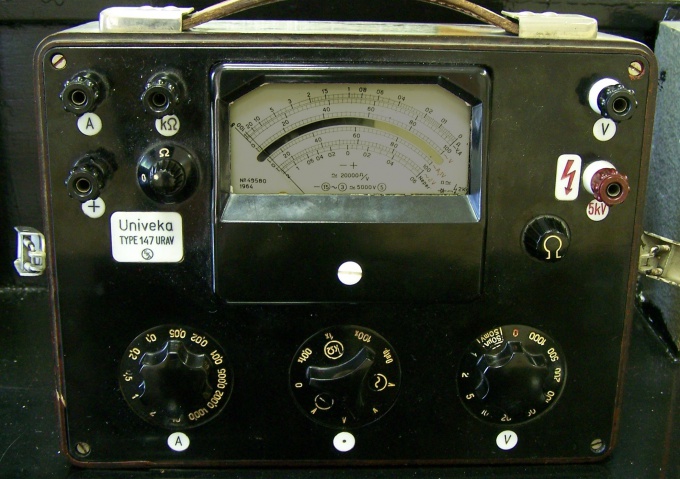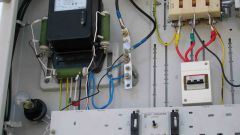Instruction
1
Before performing any calculations, be sure to move all the existing condition of the problem data to the SI system. The voltage must be expressed in volts, current in amperes, resistance in ohms, power in watts. Most often these values are used the prefixes "micro" (one millionth, sokraschenno - MK), "Milli" (one thousandth, abbreviated m), "kilo" (one thousand, abbreviated K), mega (million, abbreviated as - M) and "Giga" (one billion, short - G).
2
To find the force of the current at a known voltage and resistance, use Ohm's law to the partial circuit by the calculation according to this formula:I=U/R where I - current, U - voltage, R - resistance.
3
If you know power and resistance, use the following ratio:U=RI, P=UI, hence P=R(I^2)Hence, I^2=P/R and so I=sqrt(P/R), where I - current, P - power, R is the resistance.
4
At a known voltage and power calculations spend so:P=UI, hence I=P/U where I - current, P - power, U - voltage.
5
After the calculation is finished, set the result of SI in the units in which it is required to Express the conditions of the problem (often it is milliamperes, or microamperes).
6
If the calculations are made in the report for the laboratory work, the result of their if necessary, check on a real laboratory plant, because the voltage and force current can be changed easily, respectively, by a voltmeter and ammeter. If used with high voltage measurement be made with caution. Measure resistance by ohmmeter when the power is off installation. As for allocated load heat output, then its measure is not so easy, because it requires a calorimeter.
7
If you are studying in high school or in higher education, the teacher may require you in the design of the problem solution to calculate the error of measurements and calculations the conventional manner.


